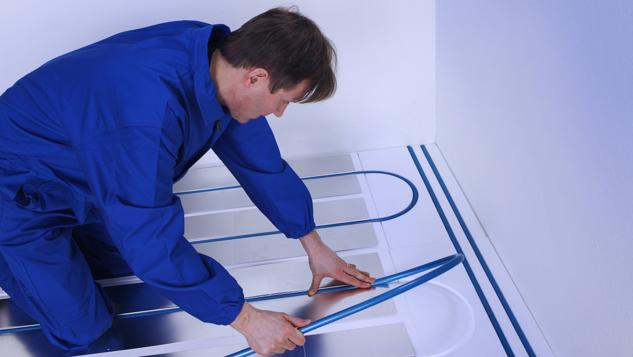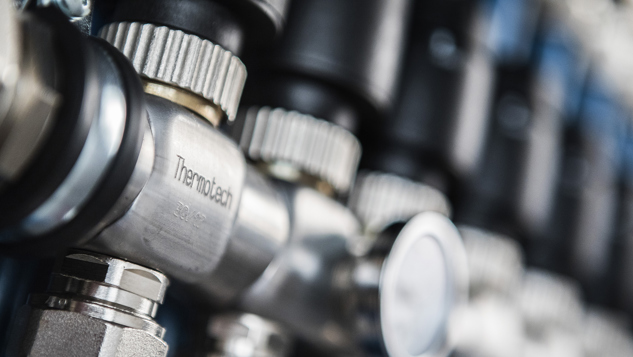Underfloor heating in basement

Underfloor heating in the basement
Heat losses
Between 200-300 mm of insulation lies under a newly built slab on the ground, and minimizing heat losses from underfloor heating is one of the reasons for the thickness of the insulation. If the existing slab or joist is uninsulated, the best option is to dig out the basement and lay insulation of that thickness. If this is not possible, a thinner insulation layer can be laid on top of the existing slab, for example grooved underfloor heating panels made of cellular plastic, so-called floating floor.
The floating floor installation system is available in thicknesses between 18-70 mm. Depending on the thickness of the insulation, downward heat losses can be between 10-50% - the thinner the insulation, the greater the heat loss. The loss is relatively large, but on smaller surfaces it will still not result in higher operating costs. We recommend at least 100 mm of insulation, preferably more.
Moisture
Underfloor heating does not solve moisture problems, so ensure that the basement is dry and moisture-free and check that there is sufficient insulation before installing the underfloor heating. If there are moisture problems, we advise against installing underfloor heating before they have been rectified. It is also good to check the drainage of the house before starting an underfloor heating installation.
If there are moisture problems and the insulation is not sufficient, there is a risk of so-called reverse moisture migration - when the underfloor heating is switched off in the summer, the ground under the slab or foundation becomes warmer than the floor surface and there is a risk that the moisture is transported up to the floor surface instead of down into the ground. An insulation thickness of 100 mm or more is usually sufficient to avoid reverse moisture migration. Another solution is to have the underfloor heating on all year round.
If you are unsure, always contact the plumbing installer for assessment and advice before you start.

